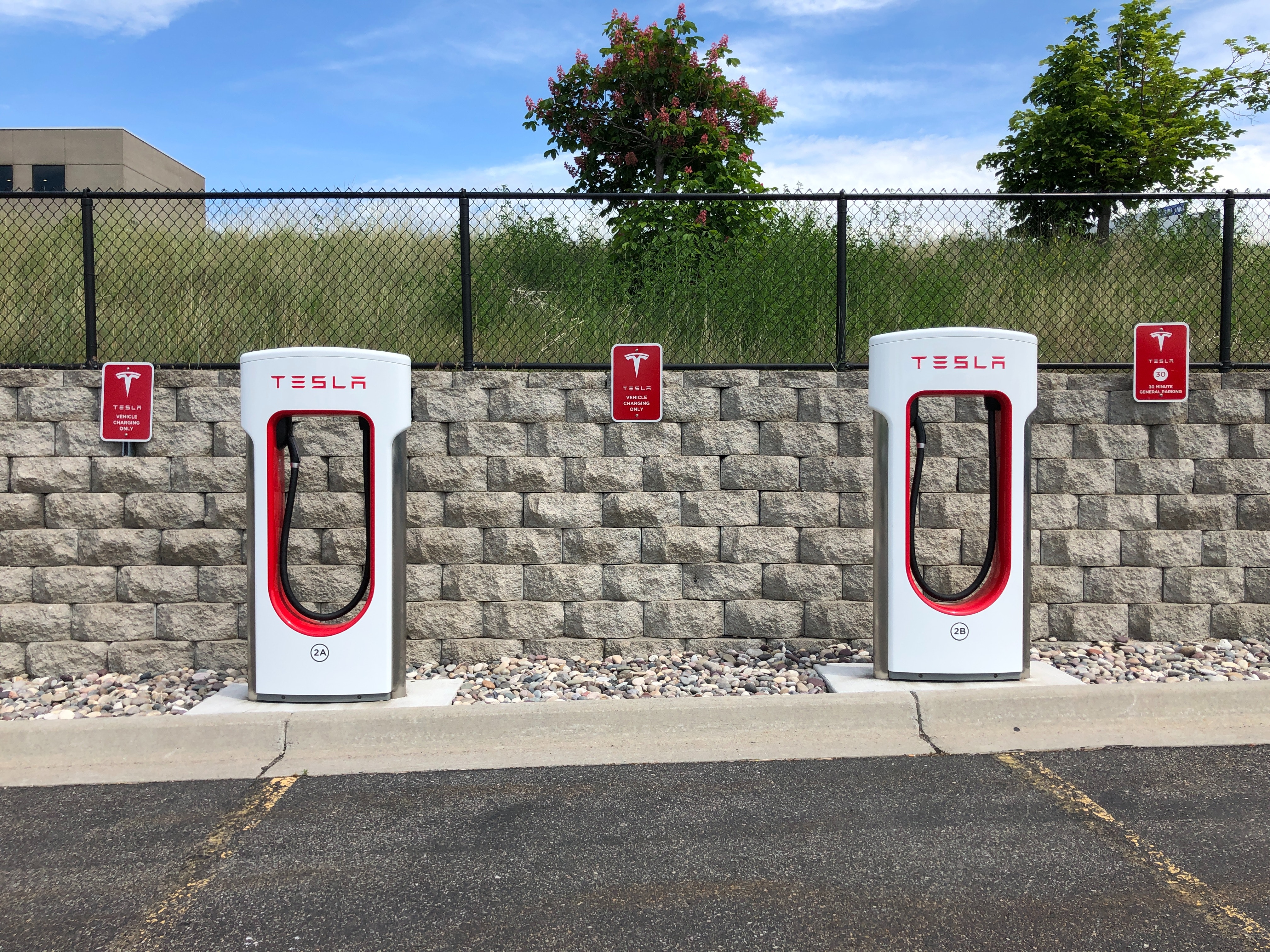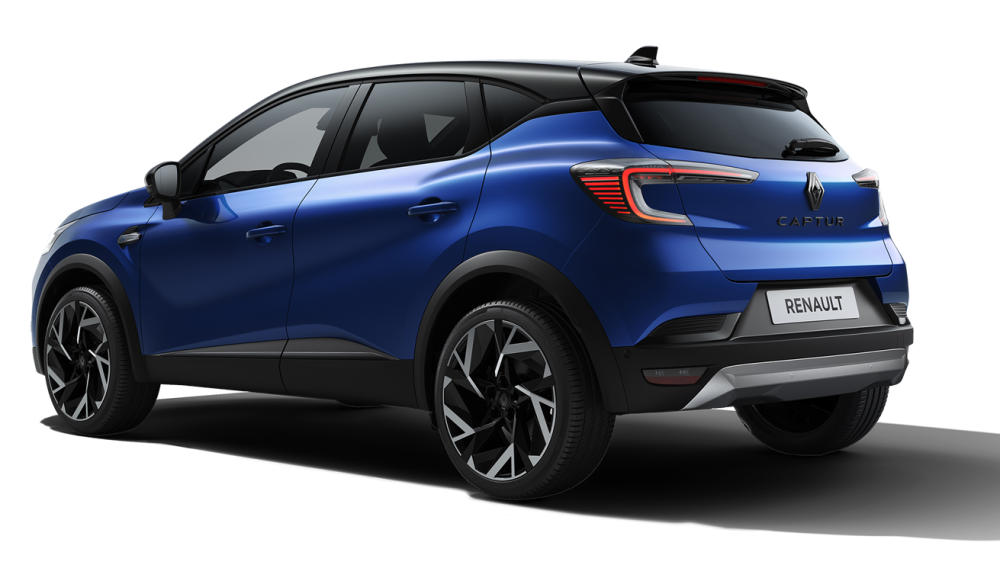In the ever-evolving landscape of modern transportation, the automotive industry is speedily steering towards a more sustainable future, marked by the emergence of alternative powertrain technologies. Among the most prominent players are plug-in hybrids, hybrids, and fully electric cars. These vehicles represent diverse approaches to reducing carbon emissions. In this article, we’ll delve into the intricacies of each type, and discuss their unique characteristics, benefits, and drawbacks.

Plug-In Hybrid Vehicles
Plug-in hybrid electric vehicles (PHEVs) are the bridge between traditional internal combustion engines and full electrification. Combining an internal combustion engine with an electric motor and a battery, PHEVs can be charged using an electrical outlet. This allows them to run on electric power for a limited range before switching to their combustion engine or using a combination of both. This dual nature gives PHEVs more flexibility and longer range than their purely electric counterparts.
Benefits:
- Reduced emissions: PHEVs can run on full-electric power for short/slower trips, minimizing exhaust emissions during those long stints in heavy traffic.
- Extended range: The presence of an internal combustion engine eliminates "range anxiety," offering greater travel distance.
- Fuel efficiency: PHEVs offer improved fuel economy compared to ICE vehicles.
Drawbacks:
- Limited electric range: PHEVs are not suitable for longer journeys solely on electric power.
- Weight: The added weight of the battery affects overall efficiency and handling.
- Higher cost: The addition of an electric motor and battery increases the initial financial outlay for a PHEV, compared to traditional vehicles.

Hybrid Vehicles
Hybrid vehicles are the middle ground between conventional internal combustion engine vehicles and fully electric cars. They combine an internal combustion engine with an electric motor and a smaller battery. Unlike PHEVs, hybrids do not need to be charged externally; the battery is recharged through regenerative braking and the internal combustion engine's operation.
Benefits:
- Improved fuel efficiency: Hybrids consume less fuel due to the electric motor's assistance.
- Lower emissions: There will be a reduction of emissions due to the electrification of hybrid.
- Simplified maintenance: The electric motor's presence often leads to less wear on parts such as brake pads.
Drawbacks:
- Limited electric operation: Hybrids have a shorter electric-only driving range compared to PHEVs due to their smaller batteries and limited charging capability.
- Less power than PHEVs: The electric motor's smaller size results in less electric-only power and acceleration.

Fully Electric Vehicles
Fully electric vehicles (EVs) are at the fore of the electrification revolution. They are powered solely by electricity stored in high-capacity batteries. EVs produce zero emissions, providing a green solution for reducing the global automotive carbon footprint. Advancements in battery technology have significantly increased the range and performance of electric vehicles.
Benefits:
- Zero emissions: EVs contribute to a cleaner environment by eliminating C02 emissions.
- Silent & soothing: Electric motors provide silent and smooth acceleration, enhancing the in-car experience.
- Lower operating costs: EVs have fewer moving parts and run on a cheaper fuel source, reducing maintenance and running costs.
Drawbacks:
- Charging infrastructure: The availability of charging stations can impact long-distance travel.
- Range anxiety: Although improving, EVs still have limitations on long-distance travel compared to traditional vehicles.
- Longer refuelling time: Charging an EV takes longer than refuelling an internal combustion vehicle.
In the realm of sustainable mobility, plug-in hybrids, hybrids, and fully electric vehicles each offer distinct advantages and trade-offs. Plug-in hybrids balance the benefits of electric and combustion power for extended range, hybrids strike a compromise between efficiency and electric assistance, while fully electric vehicles prioritize zero emissions and long-term sustainability. The choice between these options hinges on individual driving habits, accessibility to charging infrastructure, and cost. As the automotive industry continues to evolve, these three types of vehicles collectively contribute to a more eco-friendly future.
Gugu Masuku – Proudly ATM








